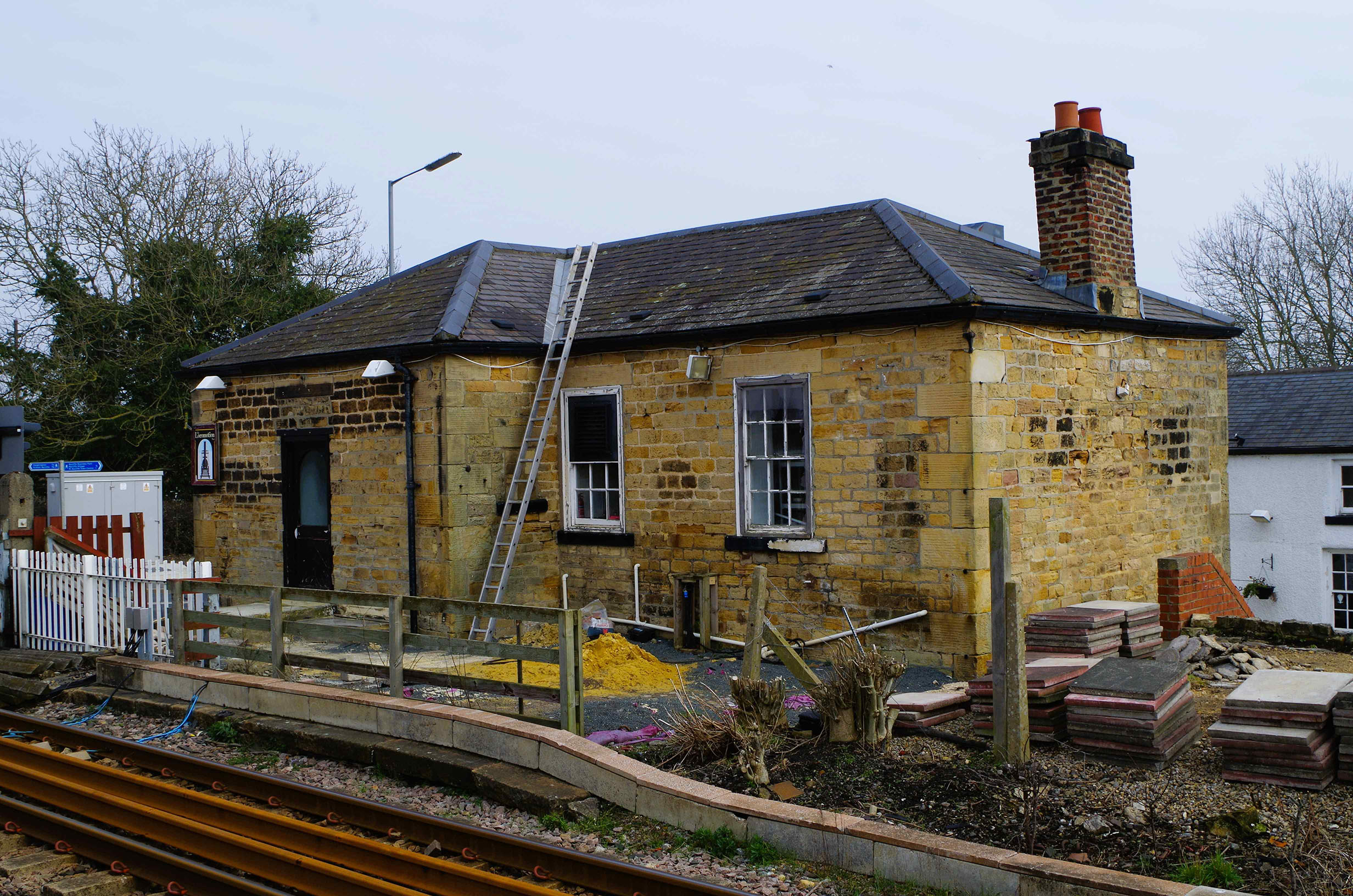World’s First Railway Station Awarded Upgraded Listing Status
An early 19th-century building, thought to be the world’s first railway station, has been upgraded to Grade II* by the Department for Culture, Media and Sport on the advice of Historic England.
Heighington and Aycliffe Railway Station in Newton Aycliffe, County Durham, was originally listed at Grade II in 1980 in recognition of its role within the early development of the Stockton and Darlington Railway. It was here that George Stephenson’s Locomotion No.1 (then known as Active) was put on the rails in 1825 for the inauguration of the Stockton and Darlington Railway, which celebrates its 198th anniversary today. It was also the site of tragedy three years later, in 1828, when the Locomotion’s boiler exploded, killing its driver.
Following new research by Friends of the Stockton and Darlington Railway and Historic England, the building has been upgraded to Grade II*, elevating it into the top 10% of England’s most important historic buildings.
The building was first thought to date to the mid-1830s. It has now been revealed that it was actually completed in 1827, which experts believe makes it the earliest-ever example of a railway station (although it was not officially referred to as one until the late 1830s).
When the building was commissioned, the concept of the railway station had yet to be developed. Its original purpose was to function as a tavern to provide shelter and refreshment for workers and customers at the adjacent coal and goods depot.
However, a newspaper report in September 1827 clearly shows that the building was fulfilling the main functions of what later came to be recognised as a railway station: a stopping point for trains, a building providing shelter for passengers, and a receiving point for unaccompanied parcels and goods being transported by rail. There is also evidence of someone using the site to commute to work.
It’s amazing to think that this simple building in County Durham helped to inspire a way of travelling that’s used by billions of people across the world. From the humblest single platform station to the vast terminals of St Pancreas and the Gard du Nord, they all owe a debt to Heighington and Aycliffe Railway Station.
The listing upgrade of Heighington and Aycliffe Railway Station forms part of the work of the Stockton and Darlington Railway Heritage Action Zone (S&DRHAZ). This five-year, heritage-led conservation and economic development scheme is a partnership between Historic England, local authorities and other stakeholders. It is part of the build-up to the 2025 bicentenary of the opening of the Stockton and Darlington Railway, using heritage to bring lasting economic benefit to the region.





